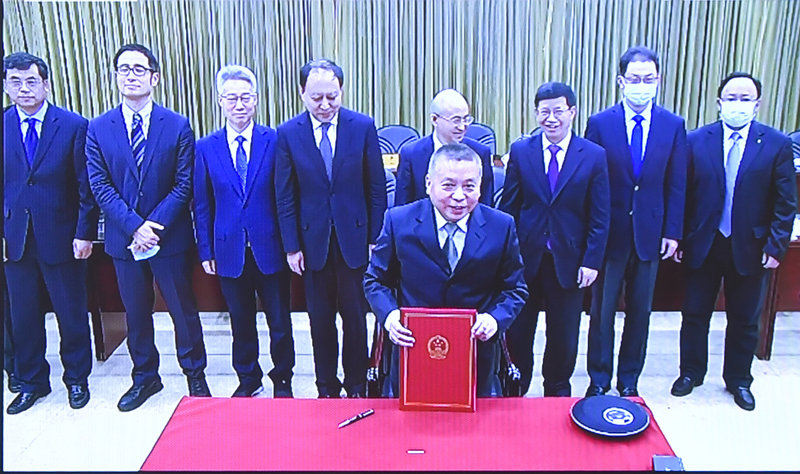China and Russia say they will join forces to build moon base
It probably won't be open to U.S. astronauts unless a 2011 law changes.

China and Russia want to build a shared moon base.
The two countries agreed to the plans on Tuesday (March 9), saying the International Lunar Research Station (ILRS) would be "open to all interested countries and international partners."
The "memorandum of understanding" between the two countries, announced by the China National Space Administration (CNSA), described the ILRS as a "comprehensive scientific experiment base with the capability of long-term autonomous operation, built on the lunar surface and/or on the lunar orbit that will carry out multi-disciplinary and multi-objective scientific research activities such as the lunar exploration and utilization, lunar-based observation, basic scientific experiment and technical verification."
Related: 5 Mars myths and misconceptions
In other words, the base will be self-sufficient enough to work without constant resupply from Earth. It will exist either on the lunar surface, in orbit or both. And it will be a launching point for basic science, exploration and "utilization" of the moon's resources, as well as a proof-of-concept for the technologies required to sustain human life so far from Earth.
In pictures: China on the moon! A history of Chinese lunar missions
Neither country has ever landed a human crew on the moon, and they did not set a target date to begin construction of the ILRS. However, Russia remains a leading spacefaring country after the space race of the 20th century, and China has built increasingly impressive space stations and probes in recent years, as Live Science and sister site Space.com have reported. During the years between the retirement of the space shuttle in 2011 and the first crewed SpaceX launch in 2020, the two countries had the only vehicles in the world capable of putting people into orbit.
Get the world’s most fascinating discoveries delivered straight to your inbox.
While CNSA said that the ILRS is open to any country that might want to get involved, and the United States has worked with Russian astronauts in space since the 1970s, NASA does not work with China, as The Diplomat reported. The world's richest country froze the world's most populous out of the International Space Station project in the 1980s and 1990s, then Congress and President Barack Obama made it illegal in 2011 for NASA to collaborate in any way with any Chinese entity or for U.S. suppliers to sell satellite parts to the county.
As The Diplomat wrote, these moves haven't stopped China from building its own space stations. And now, as the International Space Station ages, it seems the policy won't stop Russia — the most significant partner the U.S. has in that project — from taking its talents to this collaboration. But, if the moon base gets built and no rules change, the no-collaboration rule may stop U.S. astronauts from visiting the first permanent facility on the moon.
Originally published on Live Science.



